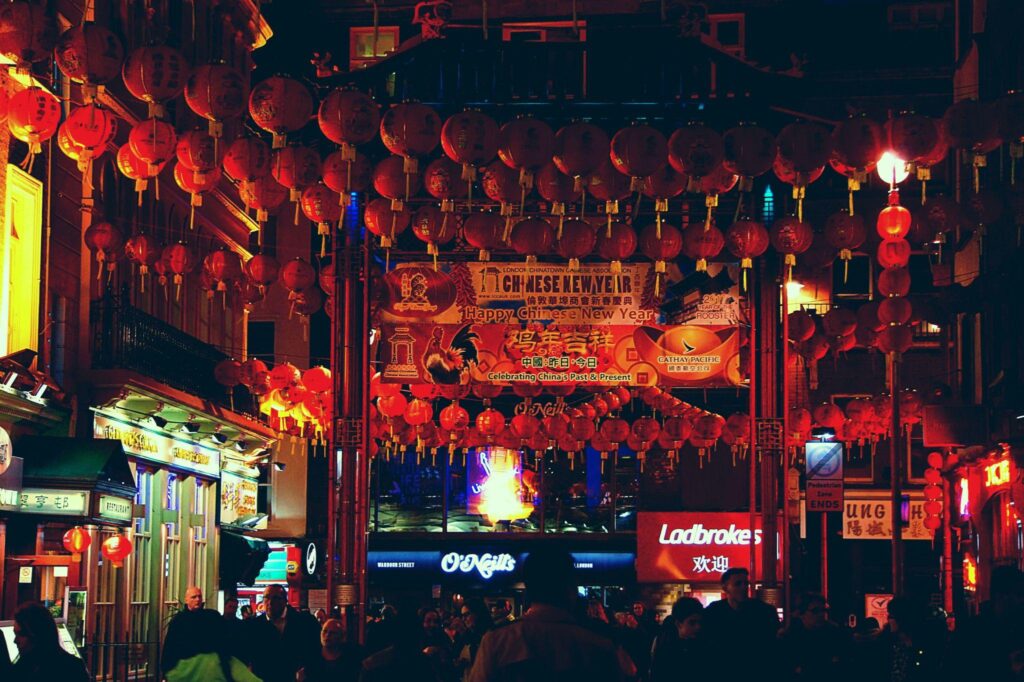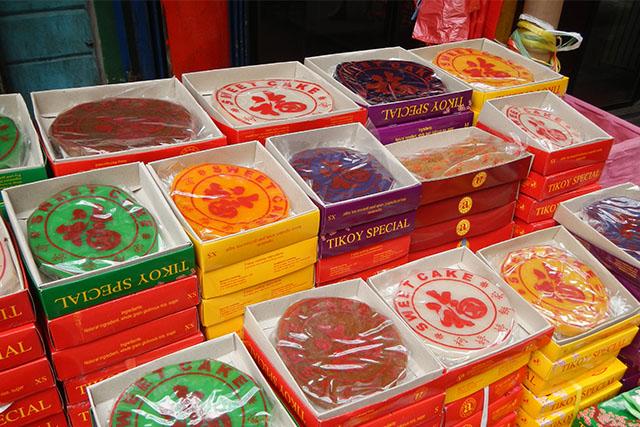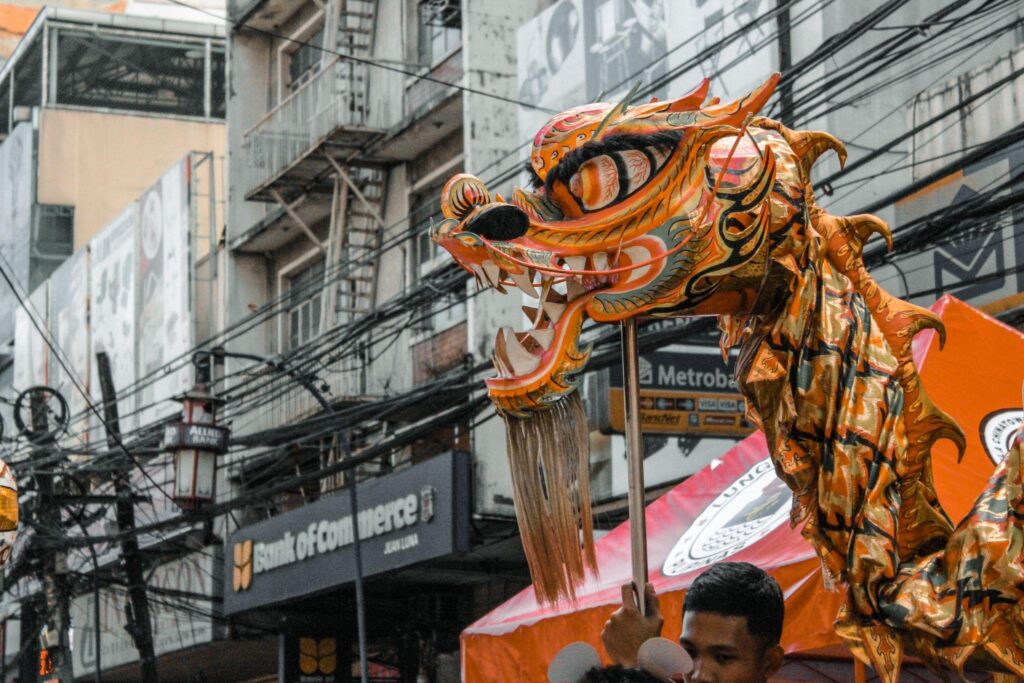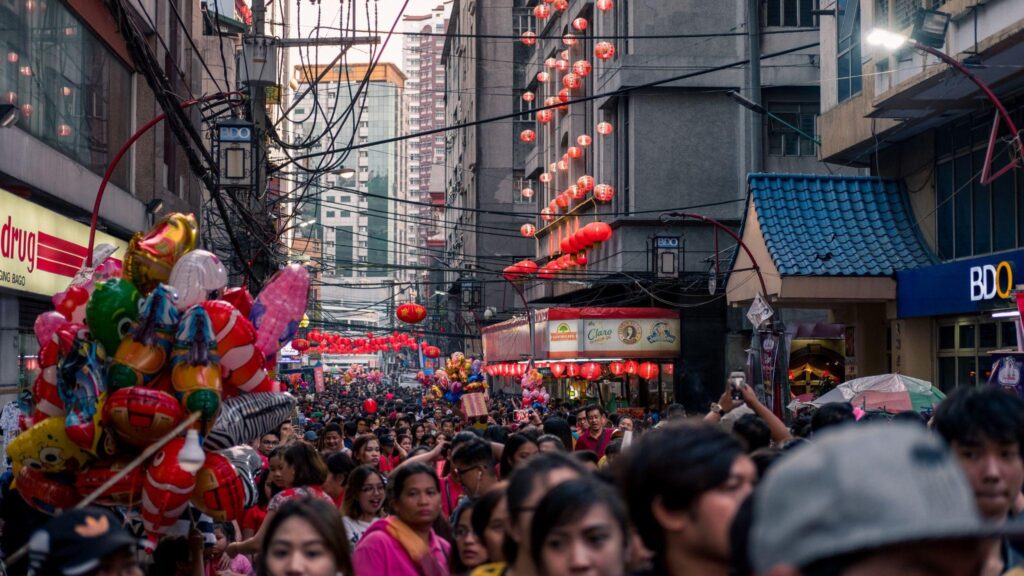Cheers to the New Year: 6 things you may not know about Chinese New Year
by Madge Resurreccion / January 26, 2022
In the Philippines, Chinese New Year is commonly marked with festivities, gatherings, and fireworks that splash colors in the sky. The pandemic did not make the celebration any less lively as the Filipino-Chinese community continues to welcome the new year in the best and safest way they could.
While people from different walks of life remain fascinated with the celebration, many still don’t know how it came about, why they’re celebrating a different new year, the importance of Tikoy, and a lot more. So, we listed down some things you may not know about Chinese New Year!
1. The origin of Chinese New Year

Chinese New Year was traditionally a time to honor household and heavenly deities, as well as ancestors. It follows the ancient Chinese lunar calendar which functioned as a religious, dynastic, and social guide for people before and existed as early as 14th century B.C. However, the calendar differed based on which emperor was ruling and varies from region to region.
Although the Western calendar was adopted in 1912 and the Chinese community welcomes the New Year with the rest of the world, they continue to celebrate the Chinese New Year based on the lunar calendar. In modern times, the Chinese New Year begins with the new moon that occurs between the end of January and the end of February.
2. Fish is for prosperity

A whole fish is a staple in the Chinese New Year celebration even in the Philippines. It intends to welcome prosperity for the whole year. But for traditional Chinese families, the fish must be served as a whole and only the middle part can be eaten, leaving the head and tail for the next day.
It’s in accordance with the Chinese expression, “有头有尾” which literally means, “Have a head and tail.” The expression means one must finish what they started and be disciplined in what they do.
3. Tikoy makes the family “stick” together

Another staple in the celebration is Tikoy, which is believed to make families stick together. However, the food itself comes with an interesting story.
Legend says the delicacy was named after a monster called “Nian” who came out of his lair to look for food, and it did not matter whether it’s an animal or a human. To prevent him from eating people, a man named “Gao” left sticky rice pastries at the door of the villagers’ homes.
The delicacy named “Nian Gao” was brought to the Philippines by the Chinese traders in the early times and then called “ti-ke” in Hokkien which translates to “sweet pastry.” The word then evolved into Tikoy, a term Filipinos are more familiar with.
4. Dragon dance brings good luck

The Chinese dragon itself symbolizes wealth, power, and wisdom in Chinese culture. Today, the dragon dance is meant to drive the evil spirits away. However, in ancient times, people did the dragon dance to worship ancestors and pray for the rain to come and keep the insects from attacking them. Later, the dragon dance, along with the lion dance, became a common ceremonial activity in the Chinese New Year celebrations.
5. Binondo is the world’s oldest Chinatown

People normally flock to Binondo for the Chinese New Year celebration. The place has all the traces of Filipino-Chinese culture and history and is ideal for a food crawl with friends. It is also considered the first and oldest Chinatown in the world.
Binondo was originally a place for Chinese immigrants who converted to Catholicism and married Filipinos to settle in during the Spanish colonial period. Binondo then became the center of business and finance in Manila during the Spanish colonization. Although Binondo is no longer the center of business and finance, businesses continue to thrive in the area and many people still visit the place.
6. Chinese New Year is a HUGE celebration

Just like how important Christmas and the New Year are for Filipinos, Chinese New Year is also a big event for the Chinese community around the world. They prepare all things necessary, such as the round fruits for good luck, firecrackers or fireworks that will keep the bad spirits away, the red clothes, the Ang Pao, and more.
In China, people who work or live in the cities go back to their provincial homes for family gatherings and reunions. The celebration is also reported live on TV. For the Filipino-Chinese community, it’s a time for the family and relatives to gather and welcome the year ahead.
While Chinese New Year is remembered for the grand festivities, vibrant colors, and parades on the streets, it also serves as a reflection of the rich culture and history of the Chinese community. The celebration in the Philippines also brings the Filipinos and Chinese together, intertwining their cultures and solidifying the friendship.
Read also
- What Topped the Recap: Yahoo’s Year in Review 2021 Philippines
- Holiday on a budget: 5 ways to curb expenses while things are slowly returning to “normal”
- Hinging on Hope: Philippines remains the most hopeful for 2022 among SEA

Image source: @elvir | unsplash.com


